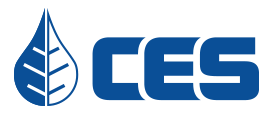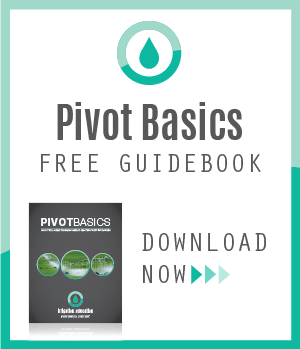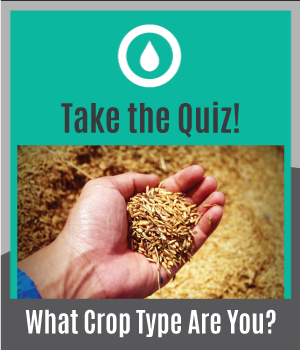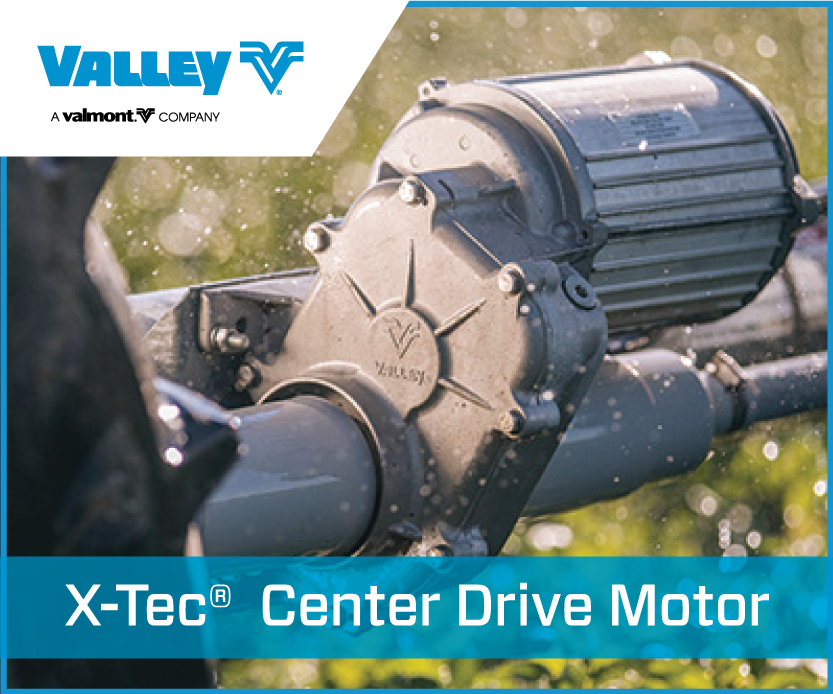In farming, no matter if the crop is corn, potatoes, or grass hay, the name of the game is water. Whether it comes from Mother Nature in Kansas or from center pivot irrigation in California, the number one input to the crop is water. Water can carry nutrients from the soil through the roots to the plant, so that it can grow and return a yield; unfortunately, it can also run off the field, carrying nutrients and topsoil with it, or it can leach nutrients past the roots. Loss of water and nutrients have the same result – lost dollars – both in operating and fertilizer costs.

Though Mother Nature has proven time and time again that she doesn’t care about the plans or schedules we’ve made for the growing season, we still have the ability to control what water we apply ourselves. Irrigation management and scheduling provide growers an important tool to match irrigation to the crop water needs.
The relationship between soil water content and plant roots is like the story of Goldilocks and the Three Bears. We are looking for the porridge that is just right. Under watering can stress crops. Overwatering can stress the crop, increase pumping and irrigation costs, and allow diseases to establish and leach nutrients past the root zone. Maintaining just the right amount of soil moisture makes for maximum yield potential, higher crop quality, and good stewardship of the environment.
The classic method of monitoring is to put boots on the ground, dig in the field and “feel the dirt.” If it feels too dry, irrigate; if it feels too wet, wait a couple days. This method has been practiced by conscientious farmers for generations and can be effective with proper training; however, it’s very cumbersome and time consuming.
The boom of technology in agriculture has brought new tools that can save time and effort by remotely monitoring soil moisture and use programs that summarize massive amounts of data at the snap of your fingers. These tools allow a farmer to understand the amount of soil water available to the plant instead of guessing at the dampness of a hand after squeezing soil. Knowing the volume of water in the root zone and forecasting crop evapotranspiration allow us to plan our irrigation and maintain the appropriate soil moisture.
While it is still important to regularly check your fields, soil moisture monitoring and irrigation management may be one of the most important tools in your farming toolbox. Effectively managing soil moisture reduces risk by maximizing yield and quality, reducing energy and fertilizer costs, increasing nutrient availability, and allowing us to get a one step closer to being the most effective and efficient player in the game of water.










